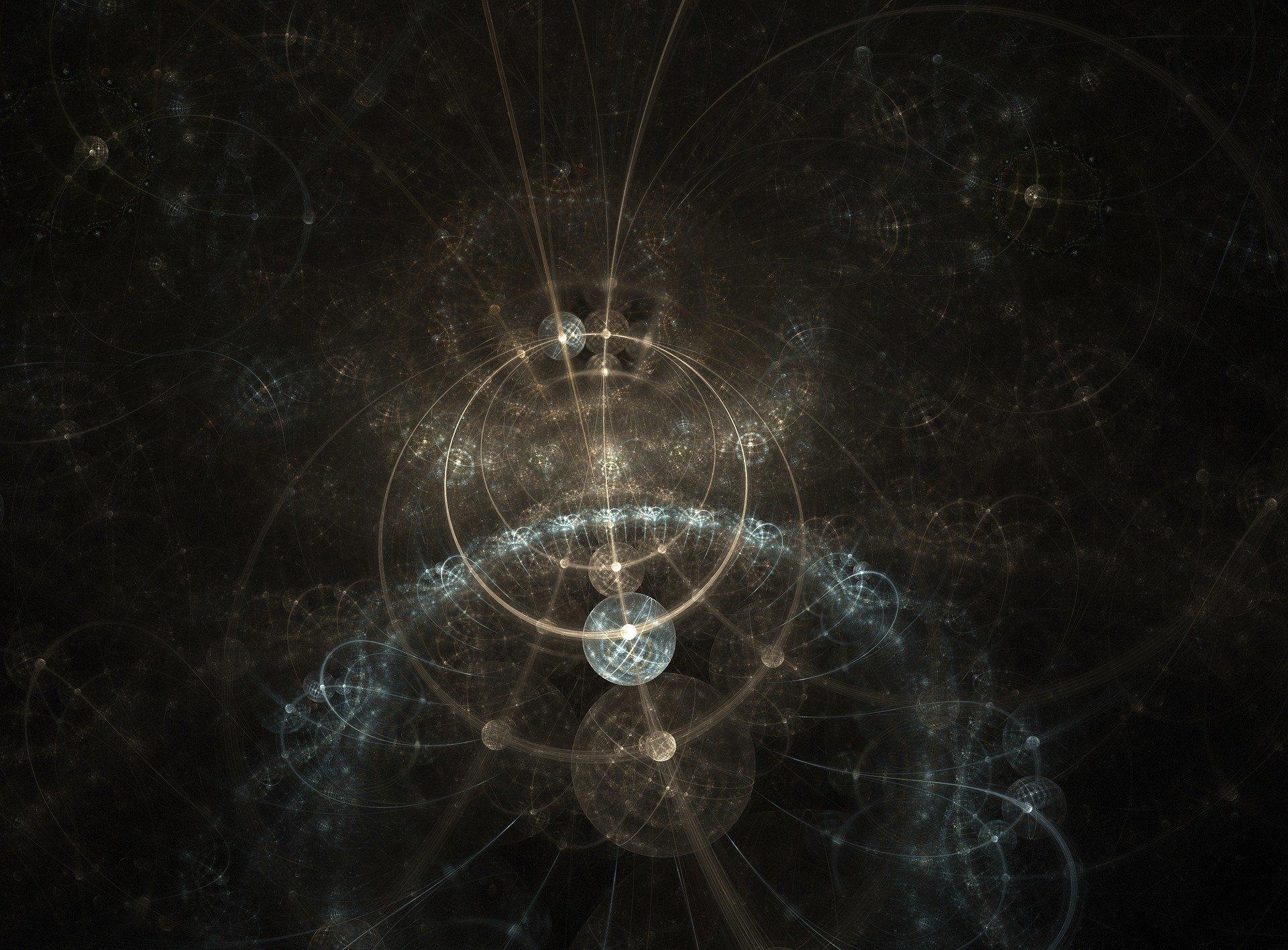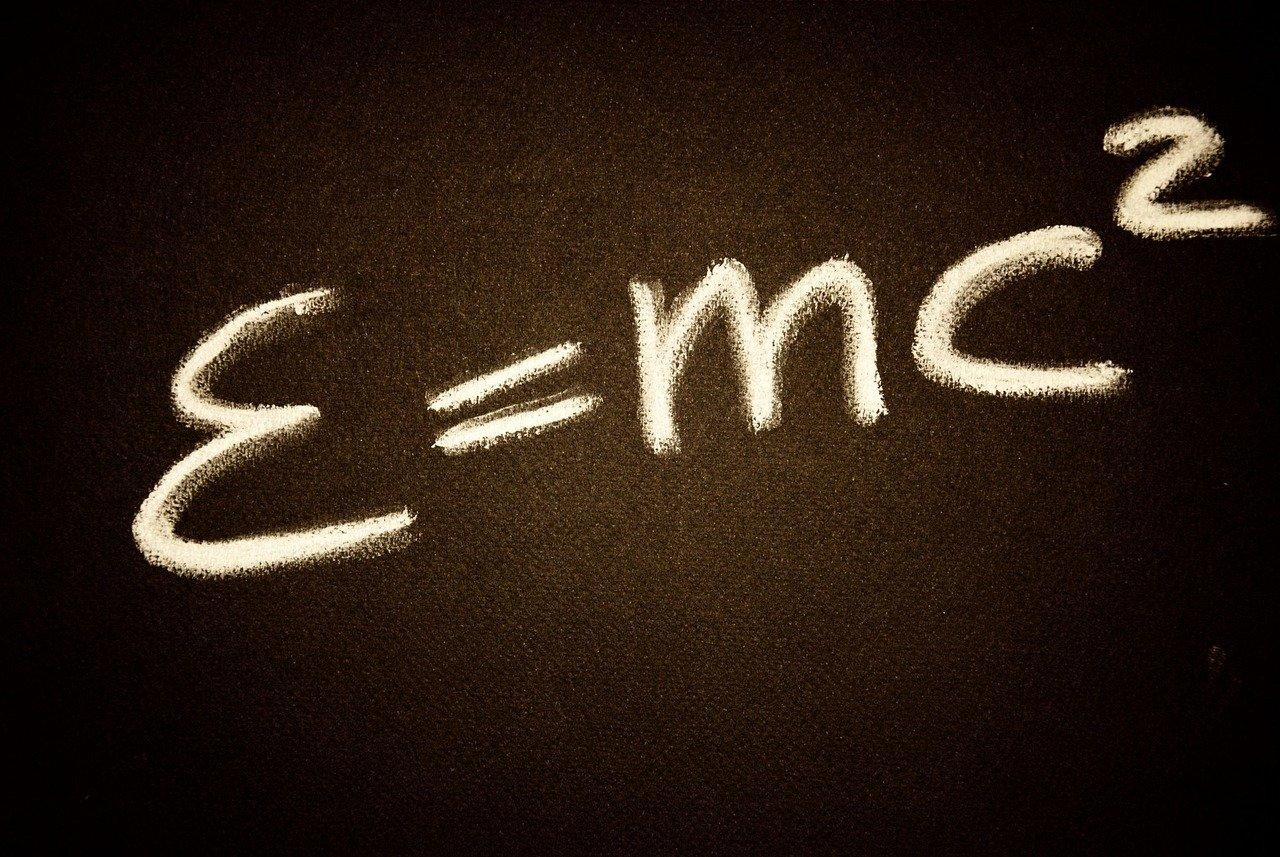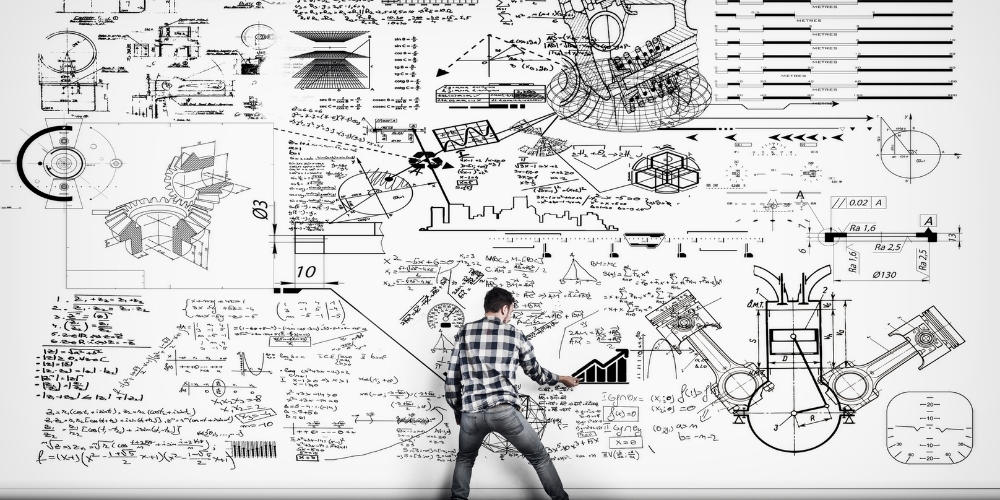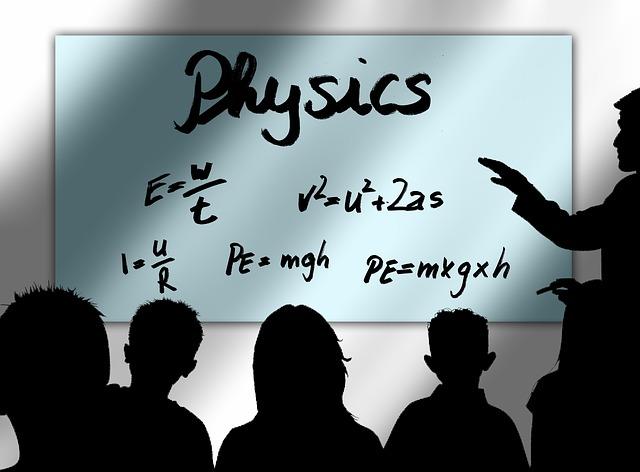One of the scientific disciplines, physics, aims to explain how commonplace events like energy transfer and the behaviour of ordinary items like cars. Students study the description, justification, and prediction of physical occurrences in physics.
Students gain knowledge of key physics theories, rules, and models, including those that deal with energy, forces, and motion. They apply their expertise to discover explanations for various events, recognise a variety of modern problems and difficulties, and come up with feasible technological solutions.
In NCEA level 1 physics, students are taught about scientific principles and how scientists function through physics using the nature of science strand from The New Zealand Curriculum. In order to gain information, comprehend it, and explain it, science entails coming up with and testing theories as well as obtaining evidence. This is accomplished by scientists through observation, research, modelling, collaboration with others, and communication.
Every civilization practises science in this way because it inspired the explorers who discovered and settled the earth and helped us grasp how the cosmos is interconnected. Additionally, students should be able to identify the originality, curiosity, teamwork, and other characteristics of scientists. Despite being well supported by evidence, scientific knowledge can evolve as new technologies uncover more data.
Students must comprehend that both scientific information and the methods used to obtain it changes over time. Science is not a subject that is stagnant. Scientific advancement is the result of logical, methodical work, original insight, and respect for the evidence. This naturally relates to physics, which encompasses a wide range of scientific ideas and research frameworks that contribute to and deepen our understanding of the cosmos.

Achievements Standards for NCEA Level 1 Physics

The syllabus for NCEA level 1 is designed to get you ready for postsecondary study in engineering, physics, or other pure and applied sciences. Up to a total of 24 credits, you can select from the list of attainable accomplishment requirements.
If you correctly respond to every question regarding achievement, achievement with merit, and achievement with excellence, you will have the opportunity to demonstrate achievement at each of the three performance levels. You can upgrade your performance levels in exams by practising past papers.
Students must have completed all of the external tests in Year 12 and have at least 16 Level 2 credits. You must have a total of 80 credits for each NCEA level. However, there are requirements for entrance to specific courses in Years 12 and 13, and the primary topics covered in this basic course in physics are heat, electricity, and waves. Students learn the fundamentals of physics during the duration of the course.
Three external standards and two internal standards are offered in this course. Mechanics standard AS90940, which is available in Science at NCEA Level 1, or one of the externally assessed standards with different types of questions from the list below, must be taken by students who desire to study Physics at Level 2. NCEA Level 1 occasionally offers the three standards AS90941, AS90942, and AS90943 as well. These requirements won't result in Level 2 Physics.
Standard 1 - Carry out a practical physics investigation that leads to a linear mathematical relationship, with direction
Understanding how all scientific studies, financial analyses, and trends are generated requires mathematical analysis of data. Your career in a variety of analysis areas will get off to a strong start with this course.
Students will gather information over a suitable range of variables that is pertinent to the investigation's goal. They will employ strategies to increase accuracy and regulate variables that might have a big impact on the result. They will come to a conclusion while supporting the methods they employed by establishing a mathematical relationship between the independent and dependent variables. This has four credits and is internally assessed by AS 90935.
Standard 2 - Demonstrate understanding of the physics of an application

Understanding the underlying physics of a chosen application is required for this achievement standard. The chosen application must function in a way that makes use of physical laws. It could be biological or technological. The student must show a thorough comprehension of the physics behind an application in order to receive the grade of Excellence.
This is tying concepts together to connect the pertinent physics of the chosen application with its use and may involve delineating, elaborating, defending, related, assessing, contrasting, or analysing. By describing a generator's operation and connecting the kinetic energy input to the generator's electrical energy output, the student has shown a thorough comprehension of the material.
The student has made an effort to explain the fundamental operation of the wind turbine and the reasons it is not entirely efficient. This has four credits and is internally assessed by AS 90936.

Standard 3 - Demonstrate understanding of aspects of electricity and magnetism
You will learn how electromagnetic, direct current electricity and static electricity operate in this course. You'll learn why touching a door handle after walking across a carpet shock you and why your hair stands up when you jump up and down on a trampoline. You'll comprehend lightning more clearly, as well as how electrostatic charge may be utilised to paint metal items, spray entire fields of crops, and charge objects through contact or friction.
You'll also discover how knowledge of static electricity can be put to use to keep us safe in circumstances where static electricity may be hazardous. The fundamentals of series and parallel circuits that you learned about in junior science will be reviewed, and then we'll expand on them.
On top of that, it will introduce you to time, power, energy, resistance, voltage, current, and voltage. You'll discover how to construct basic circuits with components connected in series or parallel, perform calculations based on them, and use this knowledge to address problems in the real world.
This last section will cover the fundamentals of magnetic forces, fields, and how they operate in a bar magnet. It will then turn to permanent magnets. Then, you will examine how the entire Earth is also a permanent magnet and how, in some ways, its magnetic characteristics are comparable to those of a bar magnet.
Then, using what you've learned about both magnetism and electricity, you will demonstrate how passing current through straight and coiled wires can turn them into magnets. To demonstrate how this operates, as well as how to alter and calculate the magnetic field surrounding both straight and coiled current-carrying wires, before examining some real-world applications for electromagnets.
You will be prepared to fulfil NCEA Level 1 Science Achievement Standard 90937 by the conclusion of this course, which is to "Demonstrate understanding of aspects of electricity and magnetism" (4 credits).
Standard 4 - Demonstrate understanding of aspects of wave behaviour
This course introduces you to the wave-like behaviour of matter. You'll need to show that you grasp some features of wave behaviour. This entails offering proof that demonstrates an understanding of how basic aspects of events, concepts, or principles apply to specific situations. This could involve applying techniques for resolving issues affecting waves. Examining material may include written, numerical, pictorial, or diagrammatic evidence.
In order to study subjects like the five different wave parameters, how a refracted wave operates, and the fundamentals of electromagnetic waves, you will learn about wave qualities and behaviour. Additionally, you can explore the various varieties of sound waves and view examples of ray diagrams.
Standard 5 - Demonstrate understanding of aspects of heat
This course will walk the students through each essential principle of thermodynamics in a straightforward manner, starting with a basic grasp. The Kinetic theory of gases, which connects the macroscopic and microscopic worlds, is covered in the first section of the course.
Here, you will also cover the theory of specific heat, the behaviour of real gases, and the transport phenomena related to ideal gases. The second half of the course focuses on helping students comprehend the basic laws of thermodynamics and how they apply to various thermodynamical processes and systems.
With this, you will need to provide evidence to support your grasp of how basic aspects of phenomena, concepts, or principles connect to specific circumstances. This can entail employing techniques for resolving heat-related issues. Temperature, heat energy, specific heat capacity, conduction, convection, radiation, insulation, phase shifts, latent heat, and the linkages will be among the heat-related factors that are chosen.
Why NCEA Level 1 Physics Is Important

Students who take this course will be better prepared to comprehend the fundamentals of heat, mechanics, electricity, and waves. You will be ready for Level 2 Physics and/or trades entry with this knowledge and skills. The study guide is application-based and designed to fit young men's educational needs. The foundation of the natural sciences is physics.
The concepts and techniques of physics can be applied to almost any scientific issue. How the world functions are explained by physics. We can better understand the workings of the natural world thanks to physics. We can use it to explain things like how buildings move during earthquakes and why it takes a car so long to stop when the brakes are engaged.
























